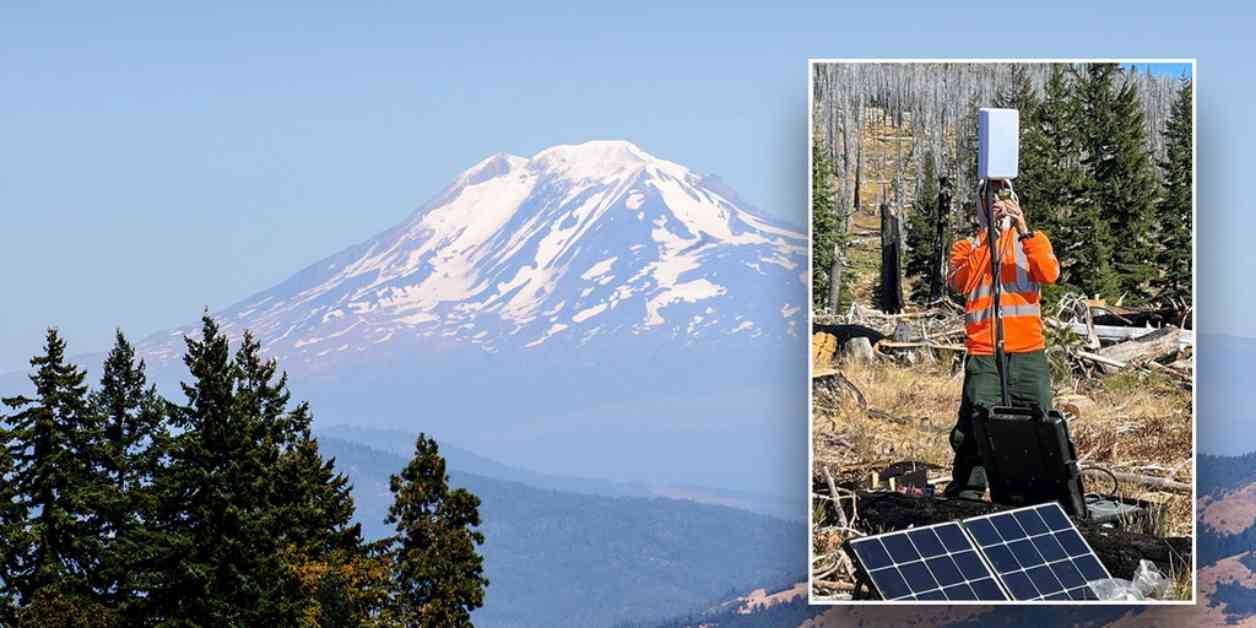Increased Volcano Monitoring in Washington State Amid Spike in Earthquakes
Scientists are paying close attention to Mount Adams in Washington State as there has been a recent increase in seismic activity. Typically, the volcano experiences an earthquake every two to three years, but in September, there were six earthquakes recorded, the highest number in a single month since monitoring began in 1982. These earthquakes, ranging from magnitudes of 0.9 to 2.0, were detected by the USGS Cascades Volcano Observatory (CVO) and Pacific Northwest Seismic Network (PNSN), although they were not felt at the surface.
Given the limited monitoring capabilities with only one seismic station near the volcano, CVO and PNSN are planning to install temporary seismic stations near Mount Adams. These stations will help detect smaller earthquakes and provide more accurate data on the size, location, and depth of seismic activity. By analyzing this data, scientists hope to better understand the significance of the increased seismic activity near the volcano.
With permission from the U.S. Forest Service, the temporary seismic stations will be placed south and southwest of Mount Adams. Once operational, the data collected will be transmitted to CVO and PNSN in real-time. Despite the heightened seismic activity, the USGS maintains that there is currently no cause for concern, and the alert level for Mount Adams remains at Green, indicating normal conditions.
Mount Adams, the second-highest mountain in Washington State, is part of the Cascade Range and is considered a potentially active stratovolcano. Located nearly 50 miles west-southwest of Yakima, Washington, Mount Adams is situated in the Mount Adams-King Mountain volcanic field, which consists of over 120 smaller volcanoes. As the second-tallest volcano in Washington, Mount Adams holds the title of the state’s largest active volcano in terms of volume and area, according to the USGS.
Despite its impressive geological features, Mount Adams has not erupted in thousands of years. The last known eruption occurred between 3,800 and 7,600 years ago. However, one of the primary concerns for those living near the volcano is the risk of lahars, which are fast-moving flows of rock, ash, and ice. The ice-covered summit of Mount Adams conceals significant amounts of hydrothermally weakened rock, which, in the event of a landslide, could trigger lahars.
In conclusion, while the recent surge in seismic activity near Mount Adams is being closely monitored, there is currently no immediate threat. Scientists and researchers continue to study the volcano to better understand its behavior and potential hazards, ensuring the safety of nearby communities.




